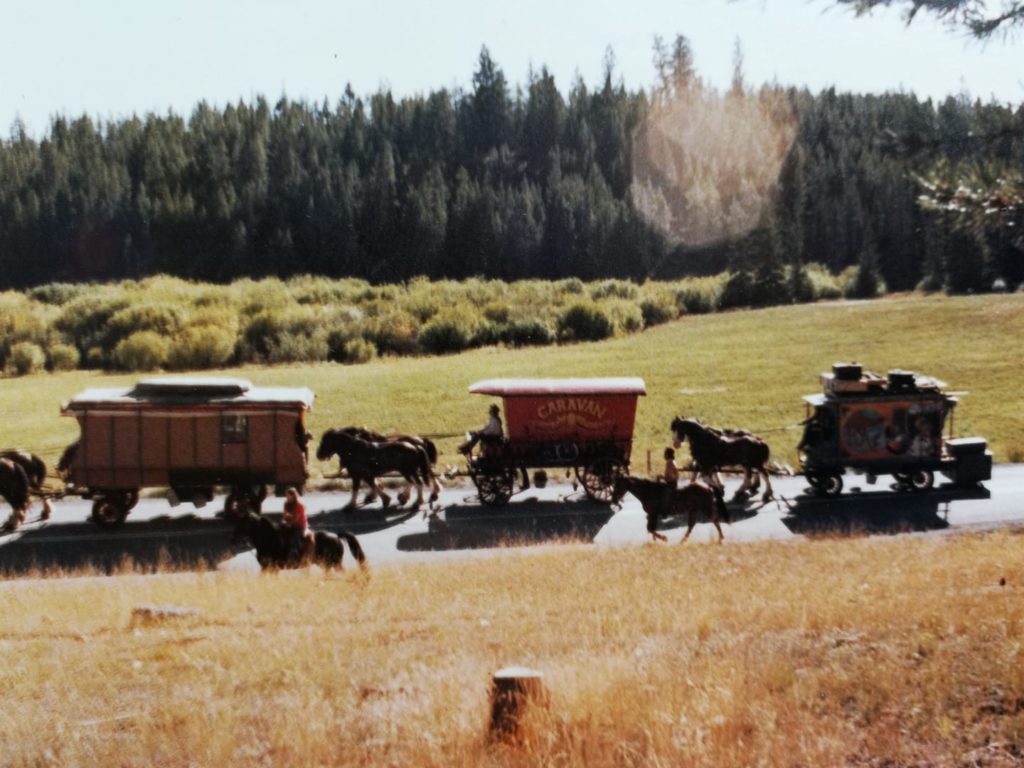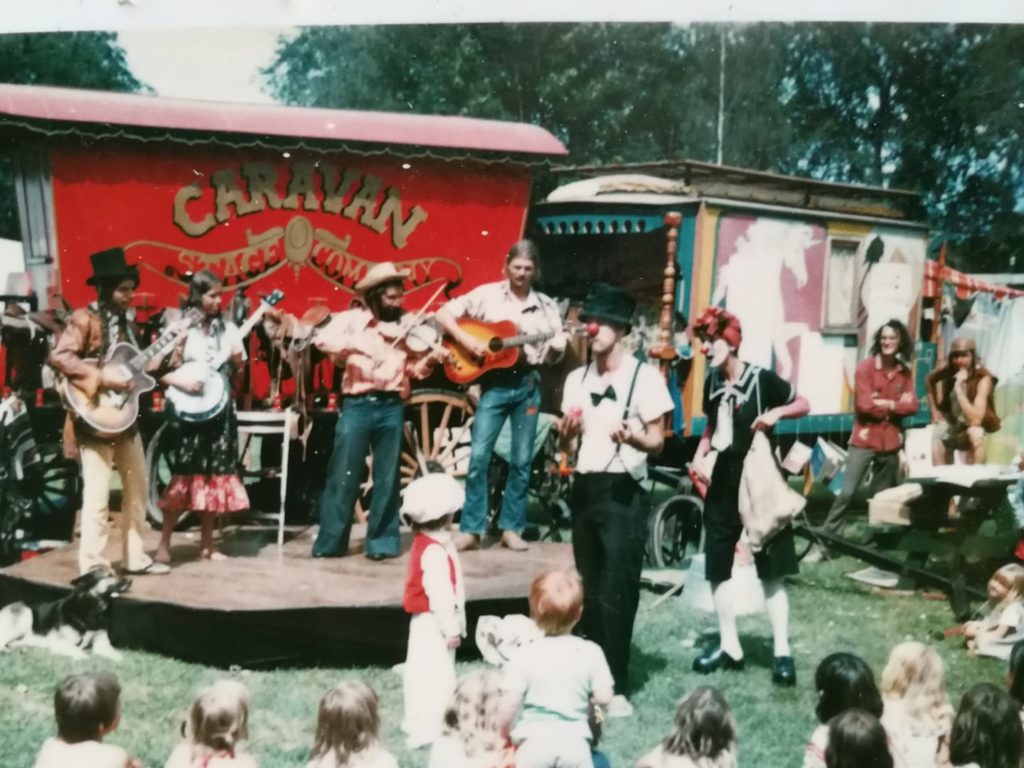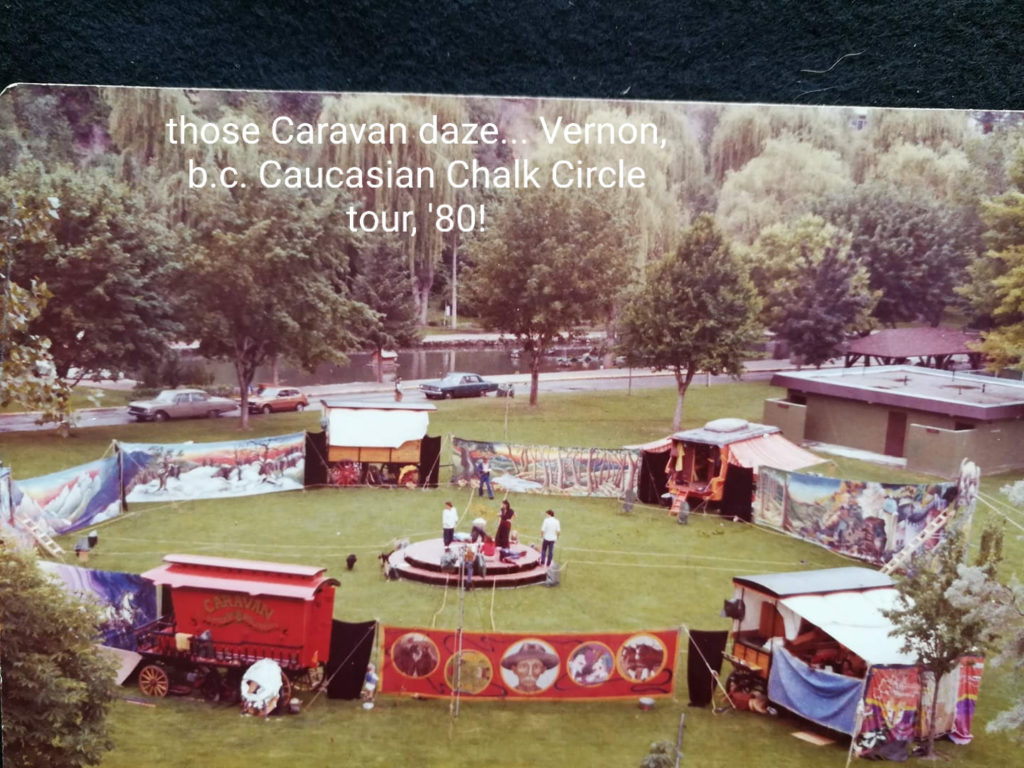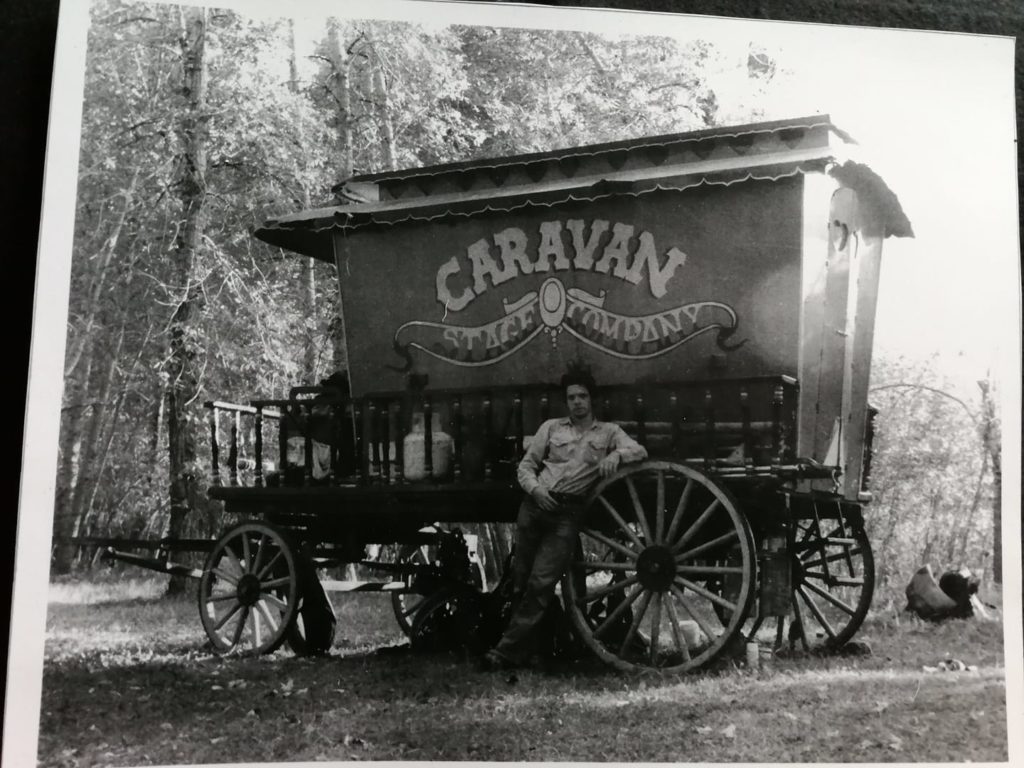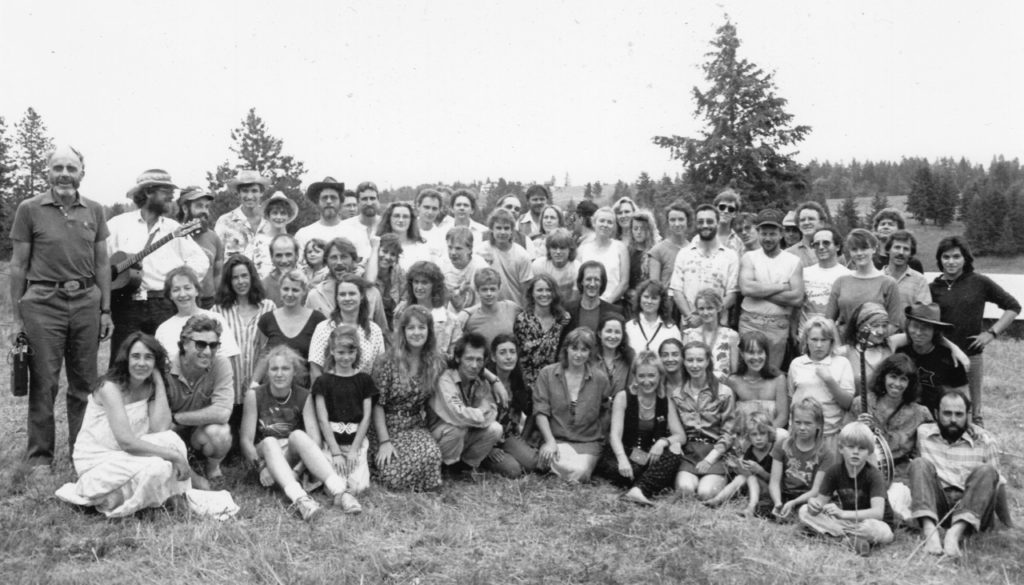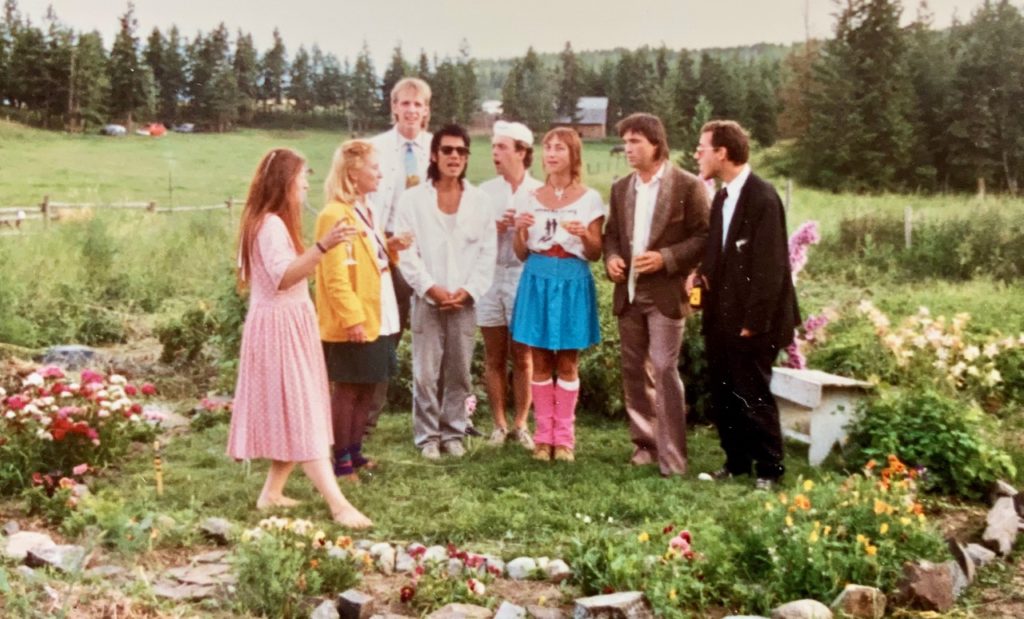
Glen Roy, Kim Renders, Robert Lindsay, and Jonnie Bakan) photo by Yuri Nikl
It was a far different era in the 1970s and early 1980s than our fast-paced, digital, online world of today and many of us who were part of the back-to-the-land movement enjoy reminiscing about those times. The Caravan attracted artists and musicians who had a passion for living close to the land and who cared more for expressing their creative energies than acquiring wealth and possessions. Brad Francis fit this bill and first joined the troupe for the Bill Miner tour in 1977 as a bass player and a techie, who helped with the crude lighting system consisting of car lights and batteries.
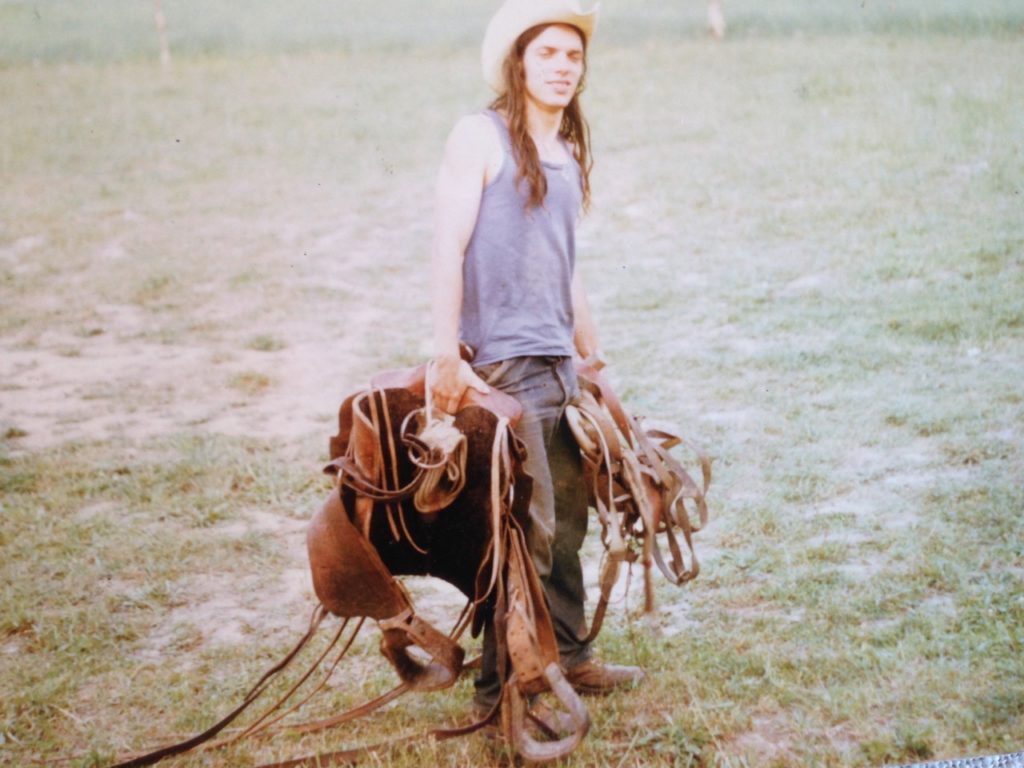
When the farm above Armstrong was purchased, Brad helped bale the hay and load it into the old barn and he was one of the first on the scene when the barn burned down, from a fire likely started by kids playing with matches. The following spring, he was part of the crew that built the cookshack and the wagon shed and design workshop.
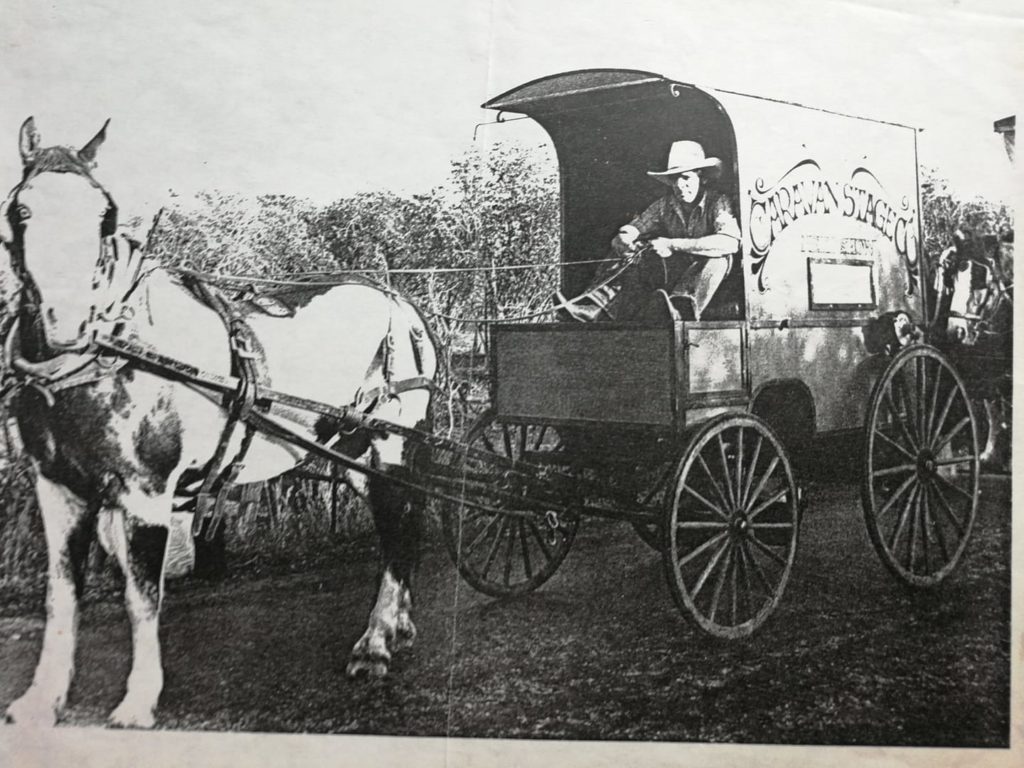
Brad toured with the early shows, playing music and helping shoe the horses. While life on the road in the wagons was full of hard work, he loved the camaraderie, the songs around the campfire and how when a show was rained out, playing music for beer at a local pub and enticing the patrons to dance. When asked how he managed working for minimal wages, he exclaimed how it was all about lifestyle, not income or security.
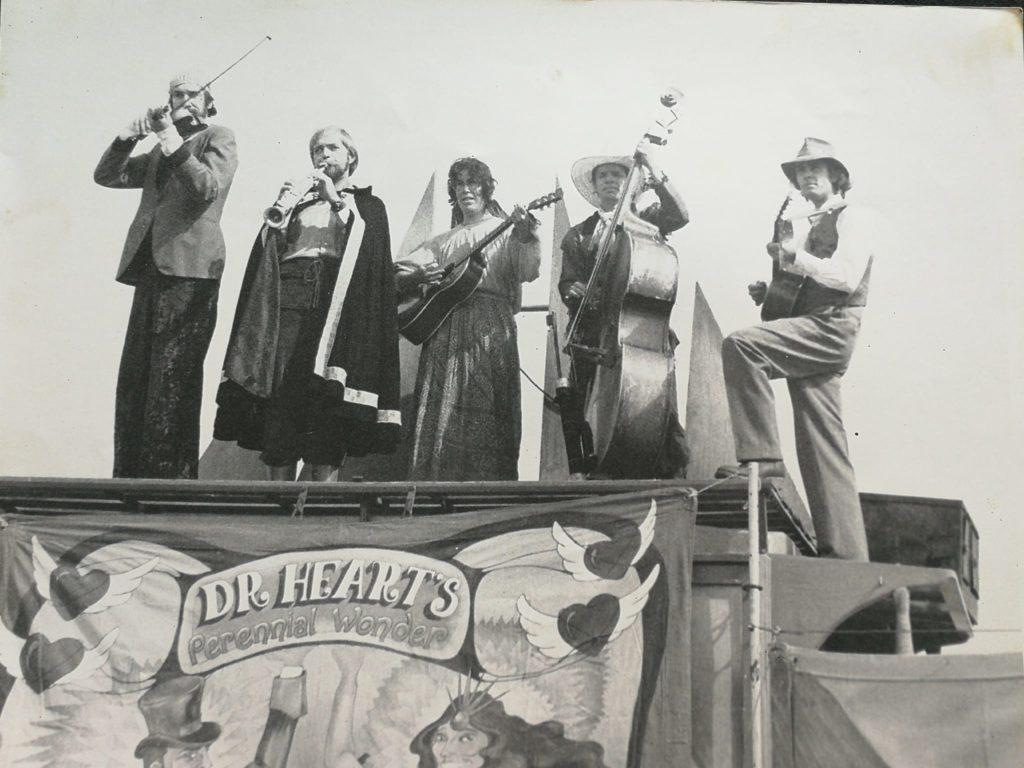
Today there are “Woofers” who travel the country working at organic farms in exchange for room and board, but in the 70s, farm workers arrived because they were a friend of a friend and were eager to leave the city for the country life. In 1979, Yuri Nikl was living with an actress when he met Molly March who invited him up to help at the farm. He spent three years there as a carpenter and farm helper, at times living in a tent, a tepee and for one winter, in a treehouse.
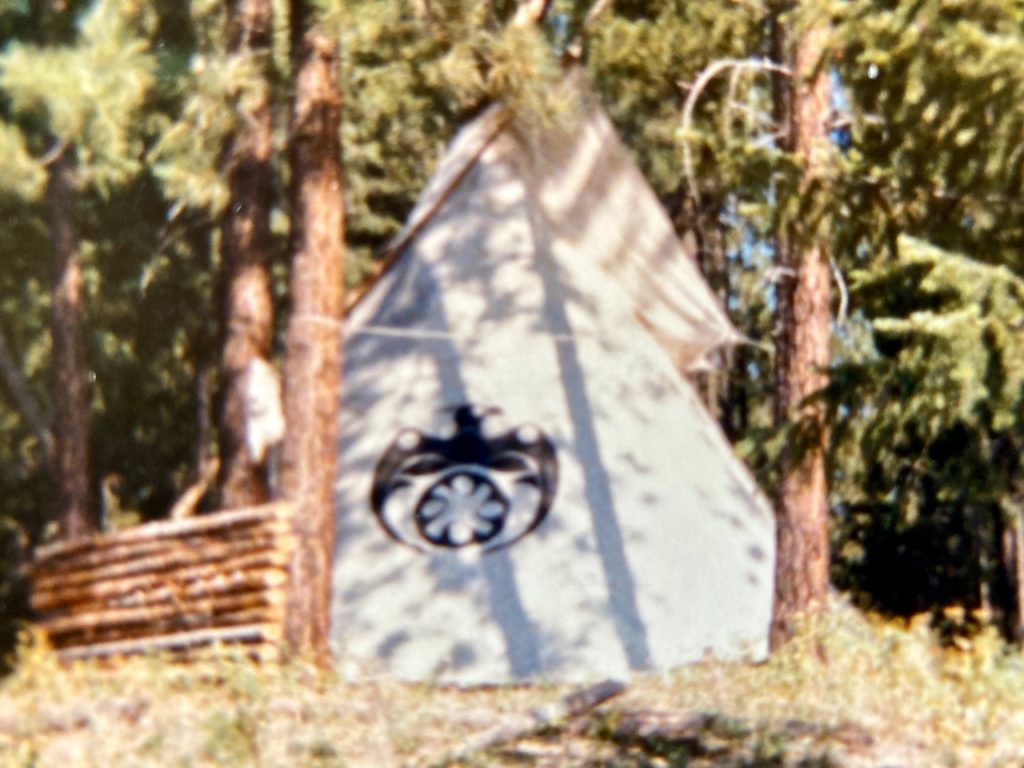
One of his first projects was building a wooden septic tank for the cookshack, so that the water from the sinks was no longer flowing out in a ditch. Another project was moving one of the farm buildings, which involved using six Clydesdales to pull it on skids. He logged poles up at Mt. Ida to build fences and in the winter, he watered 40 horses, which became a difficult task when the pump was seized up because they had to haul it in barrels from the river when it was extremely cold.
Both Brad and Yuri were on the farm during one of its most tragic times. It was just a few weeks prior to going on the road with a show, when the Clydesdales bolted up from the field with foam coming out of their mouths. They had been into gopher poison that had leaked out of buckets that were shot up by some kids. Despite their best efforts, four of the best horses died that day and had to be buried with a backhoe.
In the 70s, David Balser was playing with the Perth County Conspiracy before he moved to Toronto where he was in a rock band and met a friend of Nick Hutchison’s who told him about the Caravan. Two years after he sent Nick his resume, he was asked to come out for a show and travelled by train to Salmon Arm. At first, he lived in the tiny “gate house” and was tasked to find camping trailers for the cast to live in during rehearsals. He was successful and chose the best one to live in while they put together “Horseplay,” which then toured in Ontario.
One of the highlights of that tour was when they rolled through the Toronto financial district with the horses and wagons. At one point the police accosted them and threaten to seize everything and lock them up, but Paul Kirby talked them out of it and instead a motorcycle cop and another cop on horseback helped guide them through the traffic to their destination for the show.
When David returned to the farm in the fall where he lived in a treehouse, the finances were slim, their belts were getting tighter with little more than rice and potatoes on the menu. After one evening when they were given the leftover chicken bones to make soup, Yuri and David left to “homestead” at Lee Creek. There were no hard feelings however, and both returned for many summers to act, play music and work on the farm, as the Caravan lifestyle was infectious.
POSTSCRIPT
Water supply was always a problem at the Caravan. In the spring, the drainage from the horse corral would seep into the well, turning the water yellow. Gallons of bleach would be poured into the well in an attempt to make it palatable. Another well was dug in the back field, but pesticide and fertilizer from neighbouring farms would seep in and cause havoc. The problem was finally solved years later when a deep well was drilled.
Winters at the Caravan Farm in those early days were extremely quiet and very peaceful. David recalls the solitude in the treehouse, playing guitar and reading. The scene became the reverse in the summer, when the cast and crew were camped out during rehearsals and evenings were filled with music and good times.
More photos of the early days, courtesy of Brad Francis:
